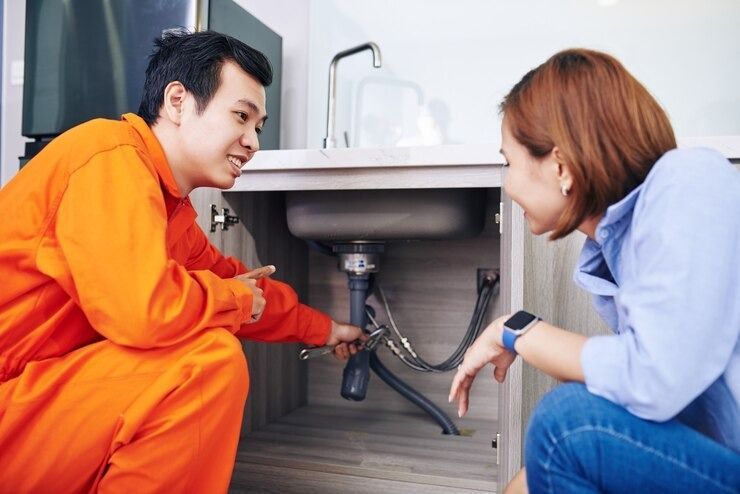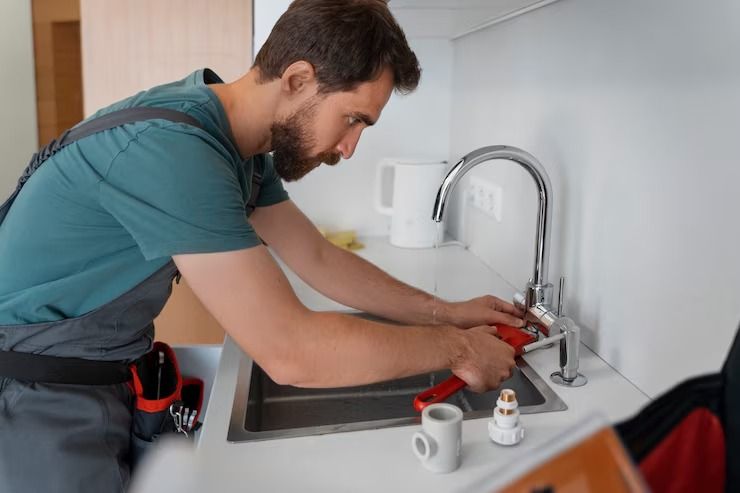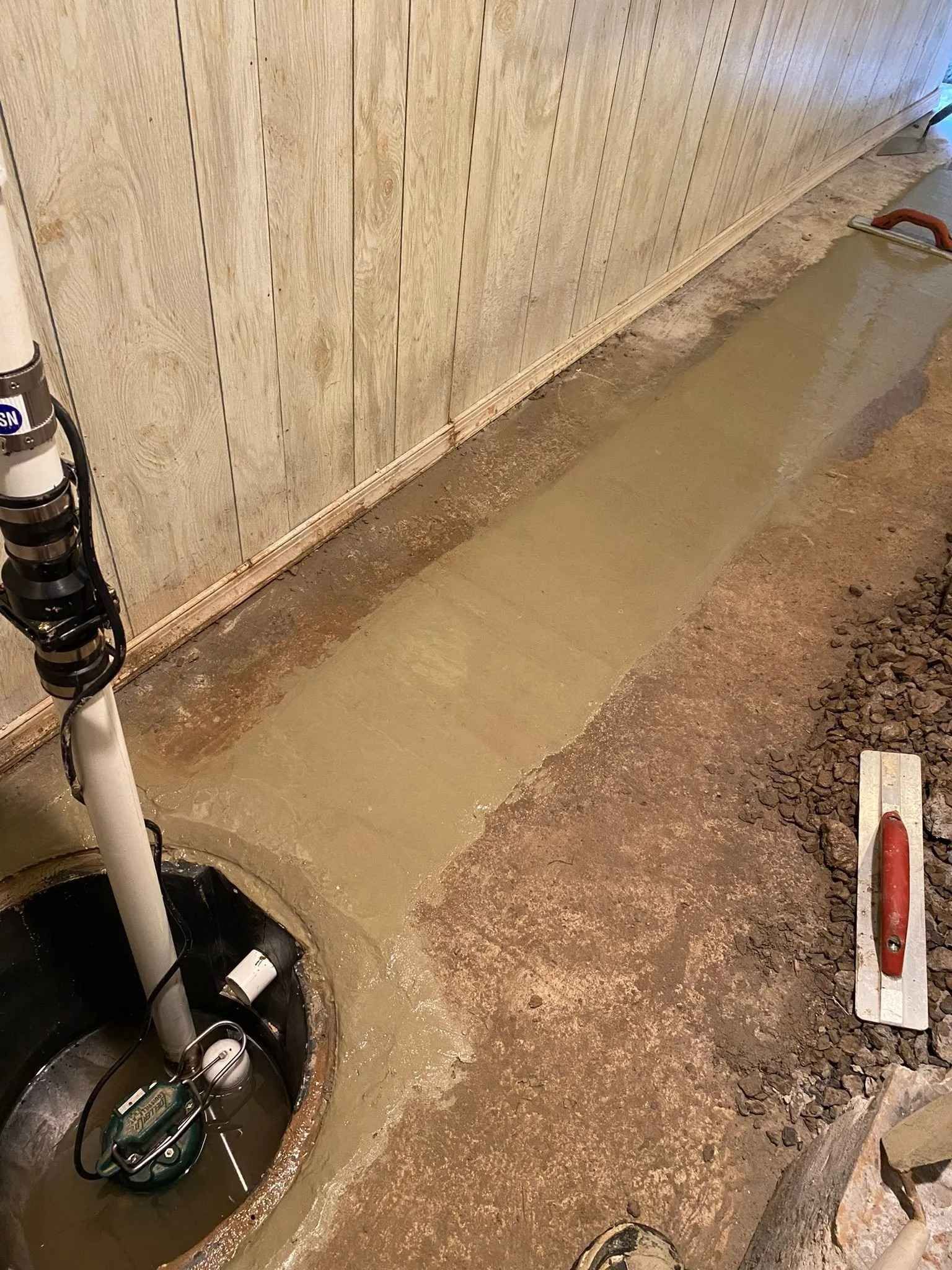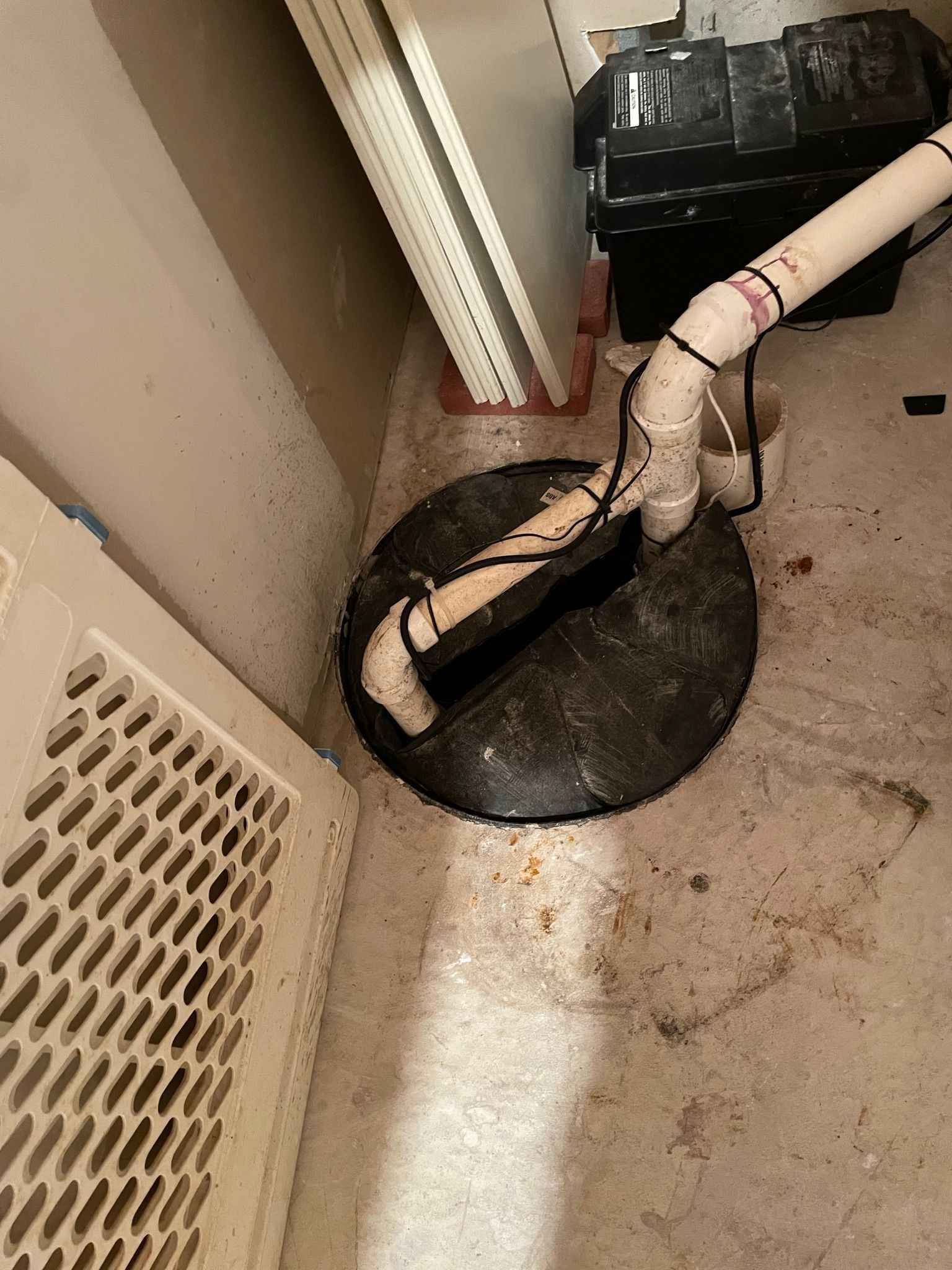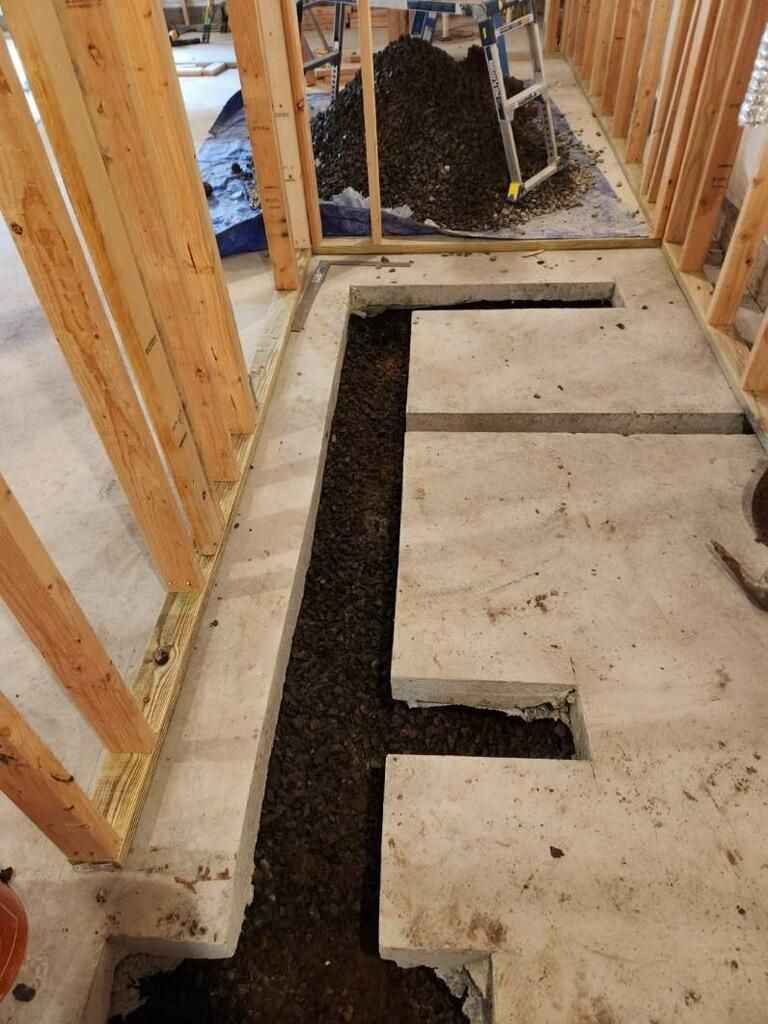Plumbing Through the Ages: When and How Did It All Begin?
Plumbing Through the Ages: When and How Did It All Begin?

The history of plumbing is an incredible journey, spanning thousands of years and reflecting humanity’s relentless pursuit of convenience, sanitation, and health. Ever wondered, when did plumbing start? This exploration will take you through ancient civilizations’ earliest attempts to manage water and waste, to the complex systems we rely on today. Not only does this history showcase human ingenuity, but it also emphasizes why professional plumbing services like those provided by On Point Plumbing are essential for maintaining modern standards.
Key Takeaways
- Ancient Innovations: Early plumbing efforts began in the Indus Valley and ancient Rome, setting a foundation for water management. But when did plumbing start to truly impact daily life? Ancient societies laid the groundwork.
- Medieval Setbacks: The question of "when did plumbing start" to evolve into systems we recognize today is crucial; the medieval period saw a regression in plumbing knowledge, impacting public health.
- Industrial Revolution: True advancements came much later. Only with the Industrial Revolution did modern plumbing systems begin to take shape.
- Professional Help Matters: Today’s plumbing systems require expert care for safety and efficiency, as complex issues can often arise without professional attention.
Overview
When did plumbing start as a practical necessity? It all began when ancient communities realized the need for organized water distribution and waste disposal. This need for sanitation drove early civilizations to create the first drainage systems, which laid the foundation for modern plumbing. Today, maintaining these complex systems requires expertise, underscoring the importance of professional services like those offered by On Point Plumbing.
The History of Plumbing: Discover When It All Started
The history of plumbing dates back thousands of years, rooted in ancient civilizations that recognized the need for sanitation and water management. Early plumbing systems can be traced to around 4000 BCE in Mesopotamia, where clay pipes were used to transport water, and in ancient Egypt, where copper pipes were crafted for the Pharaohs' baths. The Romans advanced plumbing significantly, creating aqueducts, lead pipes, and public bathhouses to supply water and remove waste throughout their cities. During the Middle Ages, plumbing saw a decline, but innovations resumed in the 18th and 19th centuries with cast iron pipes and sewage systems designed to improve hygiene in urban areas. The modern era transformed plumbing into the sophisticated system we rely on today, focusing on sanitation, efficiency, and sustainability. This journey through history highlights plumbing’s pivotal role in public health, evolving from simple pipes to the advanced infrastructure we have now.
Ancient Plumbing Systems
When did plumbing start, and what did these early systems look like? The Indus Valley Civilization, around 2500 BCE, had some of the first evidence of organized water management. Their drainage systems, made with clay-lined channels, helped manage waste and water supply effectively. Around the same time, ancient Egyptians began using copper pipes to carry water for irrigation and domestic use.
But it was ancient Rome that truly expanded plumbing with its vast network of aqueducts and sewage systems. The Romans' Cloaca Maxima, an ancient sewer system, exemplifies one of the earliest large-scale plumbing projects. This innovation raises another question: when did plumbing start influencing health on a societal level? Roman advancements showed that well-maintained water systems could improve public health and hygiene significantly.
Medieval Regression
After the fall of the Roman Empire, plumbing knowledge declined, impacting public health across Europe. So, when did plumbing start to re-emerge in societies post-Rome? The medieval period saw open cesspits and waste-strewn streets as sanitation standards regressed. This dark era in plumbing history continued until the Renaissance brought renewed interest in science and hygiene.
Renaissance and the Rebirth of Plumbing
The Renaissance saw scientific revival, but when did plumbing start to resemble the systems we use today? In 1596, Sir John Harington invented a prototype of the flushing toilet, a milestone in plumbing. Though not widely adopted at the time, this invention marked the beginnings of modern plumbing. Soon, lead piping in affluent homes allowed for indoor water supplies, leading to improved hygiene and a higher quality of life.
Industrial Revolution and Modern Plumbing
When did plumbing start becoming essential to urban life? The Industrial Revolution brought about cast-iron pipes, making it easier to create standardized water and sewage systems. Innovations like the S-trap toilet further enhanced safety by blocking sewer gases from entering homes. By the late 1800s, indoor plumbing was a staple in cities, fundamentally transforming daily life and public health.
Importance of Professional Plumbing Services
Today’s systems are far more sophisticated, and their maintenance is critical. When did plumbing start requiring such a high level of expertise? As technology advanced, so did the need for professional installation and maintenance. On Point Plumbing in North Wales, PA, ensures that modern plumbing systems are maintained to prevent leaks, contamination, and other common issues. Attempting to tackle plumbing problems without expertise can lead to more extensive damage and potential health risks.
If you're asking, when did plumbing start to require regular professional care?, it’s safe to say that modern systems need constant maintenance to function efficiently. For trusted service, contact On Point Plumbing in North Wales, PA, at 267-638-7151. Our team provides expertise in all areas of plumbing, ensuring your system remains in top shape and protecting the health of your household.
Conclusion
Reflecting on the question, when did plumbing start to change our lives, we see a timeline shaped by progress and setbacks. From ancient innovations to modern-day systems, plumbing remains essential for health, safety, and convenience. For reliable service, On Point Plumbing is here to handle your plumbing needs. Contact us in North Wales, PA, at 267-638-7151 to keep your system running efficiently.
FAQs
Q1: When did plumbing start in ancient civilizations?
- Plumbing began as early as 2500 BCE with the Indus Valley Civilization’s drainage systems and progressed with ancient Rome’s aqueducts.
Q2: When did plumbing start to become standardized?
- Plumbing became standardized during the Industrial Revolution with cast-iron pipes and modern sewage systems.
Q3: Why is professional plumbing necessary today?
- Professional plumbers ensure systems function correctly, reducing risks of contamination and blockages that could impact health.


